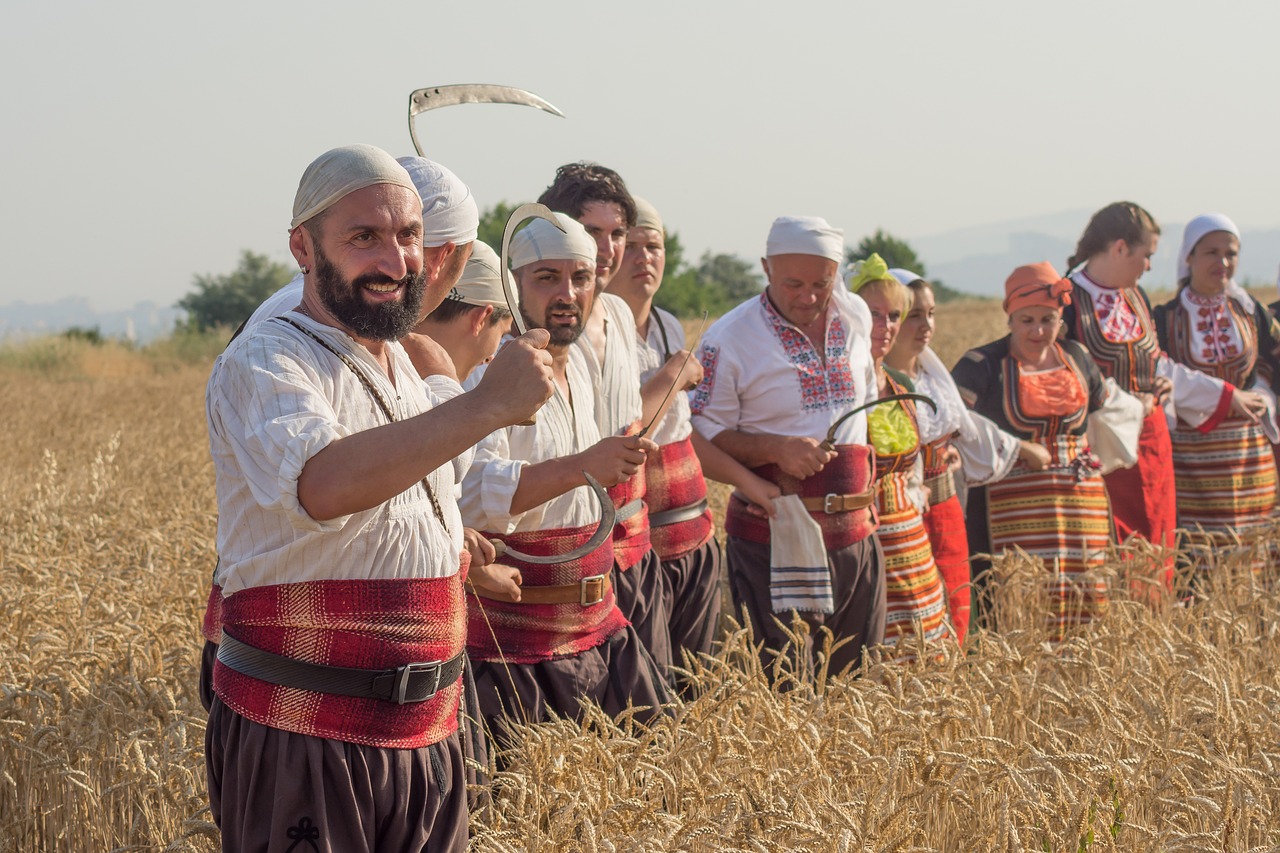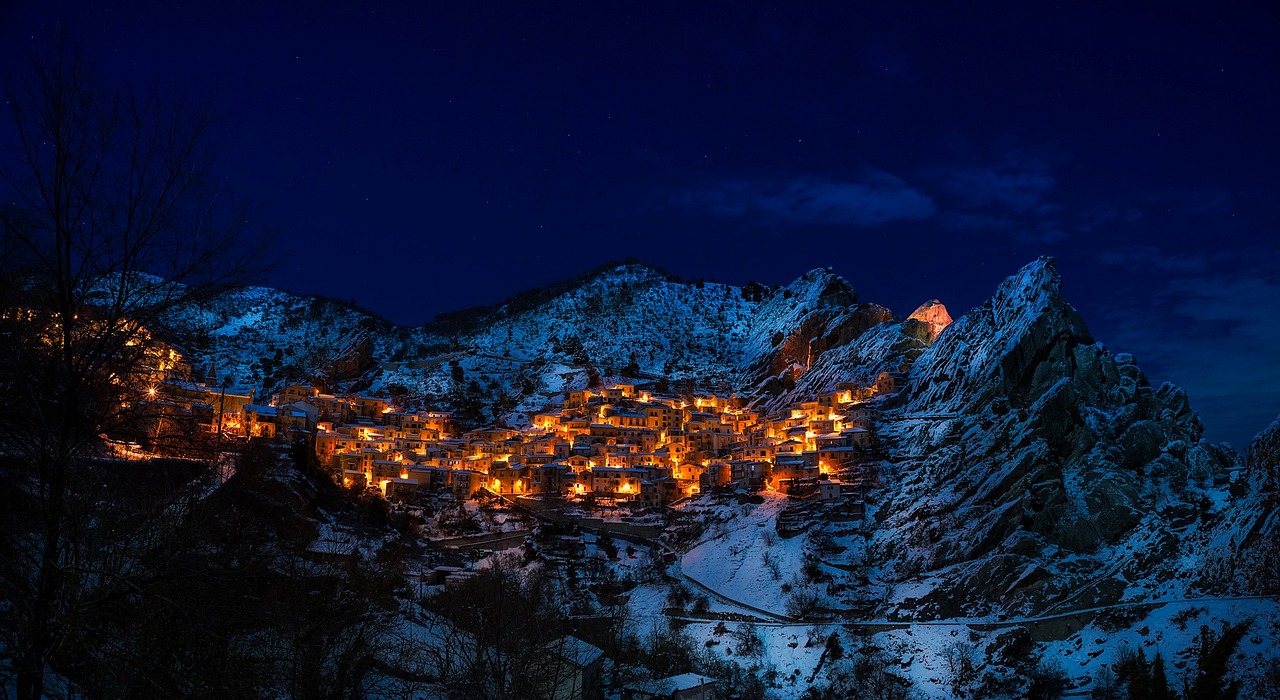Step back in time and immerse yourself in the fascinating world of ancient sports and history at the Roman Stadium in Plovdiv.
This remarkable structure, modeled after the Delphi Stadium, offers a window into the past, allowing visitors to witness the grandeur and excitement of sports contests, gladiator fights, and animal battles that once took place within its walls.
With only 12 stadiums of its kind preserved in the world, the Roman Stadium in Plovdiv is a rare gem.
Measuring approximately 200 meters in length, it boasts the remains of a hydraulic clock and a memorial plate commemorating the passage of the Olympic Fire.
With a capacity to accommodate around 30,000 spectators, this historical site is a must-visit attraction for anyone interested in ancient history.
Guided tours are available in Bulgarian and English, allowing visitors to explore the stadium and delve deeper into its rich historical significance.
Whether you’re a history enthusiast or simply curious about the past, the Roman Stadium in Plovdiv promises to transport you to a bygone era of excitement and wonder.
Key Takeaways
- The Roman Stadium in Plovdiv is located on Dzhumaya Square and is approximately 200 meters long.
- It is one of only 12 stadiums of its kind that are preserved in the world.
- The stadium was used for sports contests, gladiator fights, and animal fights.
- The stadium could accommodate about 30,000 viewers in antiquity.
Location and Design
The Roman Stadium in Plovdiv, located on Dzhumaya Square beneath the main street Knyaz Alexander I, was built in accordance with the design of the Delphi Stadium and is one of only twelve stadiums of its kind that have been preserved worldwide.
The stadium’s accessibility is facilitated by its central location in the city. It is easily accessible for both locals and tourists, making it a popular attraction.
The architectural features of the stadium are remarkable, showcasing the skill and craftsmanship of the ancient Roman builders. The exposed northern part and fortified wall from the 2nd – 4th century provide a glimpse into the stadium’s grandeur.
Additionally, the remains of a hydraulic clock at the central entrance add to the historical significance of the site.
The stadium’s design and architectural elements contribute to its importance as a window into ancient sports and history.
Historical Significance
With its well-preserved remains and rich historical background, the Roman Stadium in Plovdiv offers a fascinating glimpse into the significance of ancient sports and the cultural heritage of the region. The stadium’s cultural impact is evident through the various activities that took place within its walls, including sports contests, gladiator fights, and animal fights. These events not only entertained the spectators but also served as a reflection of the society’s values and aspirations. Additionally, the stadium has been a site of important archaeological discoveries, such as the remains of a hydraulic clock found at its central entrance. These findings provide valuable insights into the technological advancements and artistic achievements of the time. Overall, the Roman Stadium in Plovdiv serves as a window into the past, allowing visitors to explore the fascinating world of ancient sports and uncover the hidden treasures of history.
| Cultural Impact | Archaeological Discoveries |
|---|---|
| – Sports contests, gladiator fights, and animal fights were conducted at the stadium. | – Remains of a hydraulic clock were found at its central entrance. |
| – Reflects the values and aspirations of the society. | – Provides insights into technological advancements and artistic achievements. |
Visiting and Tour Information
Visitors to the city of Plovdiv can embark on a captivating journey through time as they step foot inside the remarkable Roman Stadium, immersing themselves in the echoes of a bygone era. The stadium offers a range of tourist services to enhance the visitor experience.
Guided tours in Bulgarian and English are available, providing in-depth knowledge about the stadium’s historical significance. Additionally, the stadium can be accessed through a virtual tour, allowing people to explore its architecture and learn about its cultural importance from the comfort of their own homes.
This virtual map provides a detailed view of the stadium and its surroundings.
The tourist information centers in Plovdiv are also valuable resources, offering practical information and assistance to tourists. With these services and resources at hand, visitors can fully appreciate the Roman Stadium and its rich history.
Frequently Asked Questions
How many stadiums of this kind are preserved in the world?
Preservation efforts have resulted in the survival of only 12 stadiums similar to the Roman Stadium in Plovdiv worldwide. This highlights the significance of ancient sports and the rarity of such structures.
What types of events were held at the Roman Stadium in ancient times?
Ancient sporting events held at the Roman Stadium in Plovdiv included sports contests, gladiator fights, and animal fights. These events showcased the historical significance of the stadium and provided entertainment for the ancient spectators.
Are there any remains or artifacts from ancient times that have been found at the stadium?
Several ancient artifacts have been discovered at the Roman Stadium in Plovdiv, including remains of a hydraulic clock at the central entrance. The preservation and conservation efforts for these artifacts are of significant importance.
How many viewers could the stadium accommodate in antiquity?
The Roman Stadium in Plovdiv could accommodate approximately 30,000 viewers in antiquity. This seating capacity reflects the significance and popularity of sports contests, gladiator fights, and animal fights that were held at the stadium.
What other attractions or museums are recommended to visit in the Plovdiv region?
Top 5 historical sites in Plovdiv include the Regional History Museum, Archaeology Museum, Museum House of Stanislav Dospevski, Paleontological Museum in Asenovgrad, and Bachkovo Monastery. Must visit museums in the Plovdiv region are the same as the top 5 historical sites.











